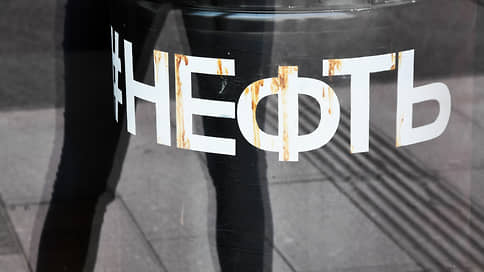Contrary to statements, India cannot do without the rising price of Russian Urals oil
[ad_1]

According to Kommersant, thanks to the reduction in oil exports, the Russian Federation managed to reduce the discount of the main grade of Russian oil Urals to Brent in Indian ports to $5 per barrel. However, Urals will remain the cheapest non-sanctioned grade available to India. In recent months, Indian authorities have repeatedly promised to reduce dependence on Russian oil, however, the country will apparently retain its place as the largest consumer of sea shipments from the Russian Federation.
Urals will retain competitive advantages among medium-density oil grades on the Indian market, despite the reduction of Urals discounts to Brent to $4–5 per barrel with delivery to the port, according to a Kpler review (available to Kommersant).
After the EU imposed sanctions against the Russian Federation for starting hostilities in Ukraine, India became the largest consumer of seaborne shipments of Russian oil, receiving it on DES terms (delivery ex ship, delivery to the port of destination). The second largest importer of seaborne shipments of Russian oil remains China (the largest importer, taking into account pipeline supplies via the ESPO). Seaborne oil exports to China and India stood at 1.1 million barrels per day (b/d) and 1.6 million b/d, respectively, in August and may remain at this level in September.
India and China have increased their purchases of Russian oil this year due to its cheapness caused by sanctions discounts. Thus, at the beginning of the year, according to Platts, the Urals discount to Brent on CIF terms was about $40 per barrel. In March of this year, Rosneft reported an increase in supplies to the Indian IOC. According to Reuters, the Russian oil company has doubled its oil supplies to IOC to 1.5 million tons per month (11 million barrels). The contract is tied to the Dubai grade (the discount was $8-10 per barrel to Dubai at the port of delivery) – the main benchmark used for oil supplies to Asia. Brent and Dubai prices are almost identical, with Dubai trading at a slight premium over the past month. In addition, Rosneft owns more than 49% in the second largest Indian oil refinery, Nayara Energy, which is supplied with oil from the Russian Federation.
Following the reduction in discounts on Urals, Indian officials began to make statements that they were ready to reduce dependence on Russian oil, replacing it with cheaper analogues from the Middle East. “Our dependence on Russian oil will sharply decrease,” Bloomberg quoted Indian Oil Minister Hardeep Puri on September 1. “The price profitability of the Gulf countries is now much more attractive.” Demand from India is decreasing due to autumn repairs, which will greatly reduce the rate of oil refining in the country, to 5 million b/d, primarily at the world’s largest oil refinery in Jamnagar (a primary refining unit with a capacity of 400 thousand b/d will suspend operations in October) , noted in Kpler.
However, for now Urals remains the cheapest medium-density grade available in India. Despite the sharp drop in VLCC freight rates, even the cheapest Saudi grade (Arab Heavy, heavier than Urals) costs a solid $7.5 per barrel more than Urals, and Iraqi Basrah Medium oil costs $7 per barrel. At the same time, the Saudi standard Arab Light, which is very close in characteristics to Urals, costs exactly $10 more.
Russia is using the drop in export volumes to fully restore Urals differentials. India is trying, on the contrary, to return to a discount of at least $7 per barrel, comments Victor Katona from Kpler. But there are no free volumes, and if they were available, Indian buyers would definitely purchase them. The main problem is that the reduction in exports from the Russian Federation by 300 thousand bpd limits the ceiling of Indian purchases to 2 million bpd, notes Mr. Katona, and a return to the record levels of May-June, when India bought 2.2 million b/s, it won’t. For example, since Chinese state-owned companies are afraid to buy Iranian volumes and more than 90% of all Iranian exports end up in Shandong, the main hub of independent refineries, where Urals batches are sold very rarely, Iran competes primarily with ESPO, the expert says. According to his estimates, for the first time this year, ESPO began to be quoted above ICE Brent futures for shipments that will be loaded in October (current offers give about $0.50 per barrel premium to Brent), but even the relatively high cost does not discourage the interest of Chinese oil workers. Compared to Middle Eastern grades of oil, ESPO is still cheaper, and also has a minimal logistics chain to China, the expert adds.
[ad_2]
Source link





